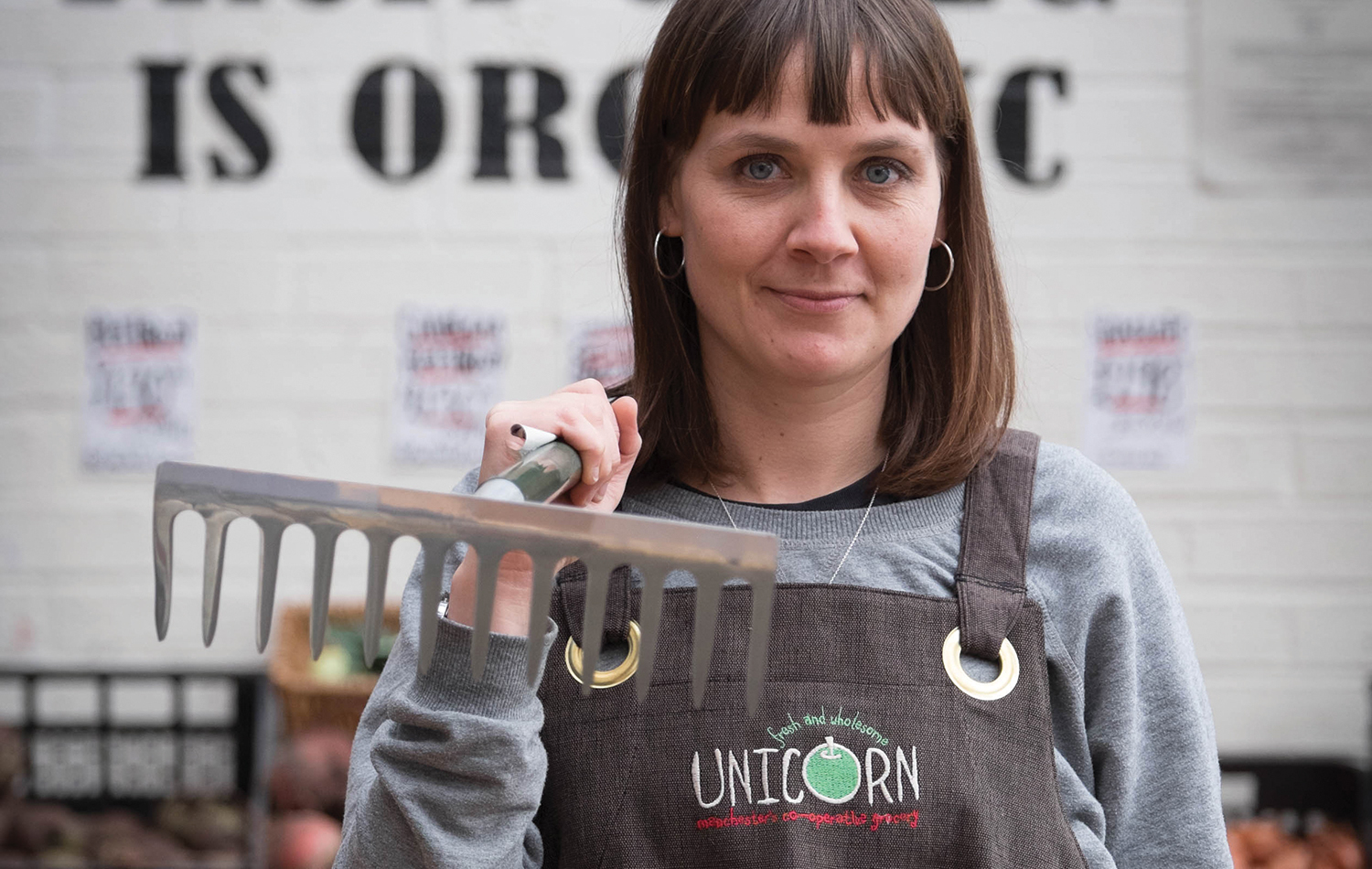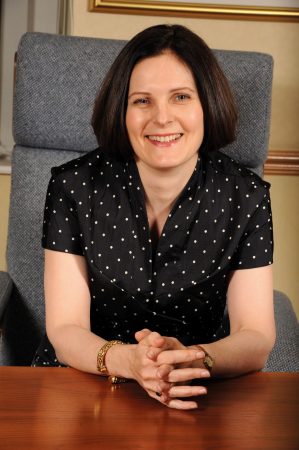This year’s theme for International Women’s Day is “Be Bold For Change” – but how is the co-operative movement taking up the baton?
Equality is one of the core values of the co-operative movement and the UK sector has been set targets to improve female representation. The Co-operative Women’s Challenge, which seeks to ensure fair representation of women across the movement, wants more diversity in the movement by 2020. The programme, backed by sector body Co-operatives UK, cites research the more diverse boards are more effective at risk-control, and that men and women working together offer fresher perspectives and broader experience.
Related: How can co-operative women be bold for change?
Such efforts become more pressing for all businesses because, in April, new rules on the reporting of pay and gender are coming into force, for all businesses employing 250 or more people. The rules require businesses to give details of the difference on mean, and median pay for men and women, as well as bonuses. Companies must begin compiling data on 6 April, which will be published in April 2018, and Co-operatives UK has created a template for co-ops to help them through the process.
Last year, Co-operatives UK reported that nearly twice as many women are directors of co-op retailers as there are of FTSE 100 or 250 companies. The study found that half of co-op retailers’ boards have 50% or more female directors – but only 2% of FTSE companies could say the same.
The retail co-operatives

“Gender equality has always been a given at Unicorn,” says Britta Werner, a colleague at the Manchester-based wholefoods co-op. “As a worker co-operative where we are all directors, 32 are women and 39 are men.
“There is no gender divide over who does what job. Men and women work throughout the organisation, including manual and physically demanding areas and strategic office-based work.
“From recruitment we are good at attracting a variety of candidates and we have equal pay meaning we all get paid the same hourly rate. We have a good mix of full-time and part-time workers across the board and have practices and policies in place to remove traditional barriers – for instance our rotas can be very flexible which attracts and retains people with caring responsibilities, we don’t have an overtime culture, and we offer financial support towards childcare. HR policies are formed by all members which helps to keep the co-op equal.
“The true democracy of one member one vote is fundamental to the running of our co-op and respecting each other’s opinions and listening to each other is at the core of our decision-making, so sexism just doesn’t have a place.”
At Lincolnshire co-operative retail society, head of people and performance Heather Lee says: “There is an even split in our 11-person board – we have five female and six male directors. That includes the vice-president of the board, who is female.
“Similarly there are five male and four female members of the nine-strong senior management team, including a woman at the helm. We also have a strong apprenticeship and trainee management scheme and even our own degree programme with the University of Lincoln.”

Chief executive Ursula Lidbetter adds that the society does “everything we can to champion equal opportunity”.
“It’s at the heart of our ethos as a co-operative. she says. “That includes providing flexible working hours for our staff, both male and female, to help them enjoy family life and manage their domestic commitments.
“We also give our employees the chance to advance by taking on extra training and we make sure any job opportunities are widely advertised, because we know there is superb talent in all areas of our business.”
Helen Barber, then-secretary and head of advice at Co-operatives UK, said: “Co-operative retailers have been pioneers of some of the flagship changes in business, from limiting working hours for employees to introducing Fairtrade.
“On gender equality they are proving leaders too, with double the number of women on their boards as other large businesses.”
She added: “There is always more to do to ensure that gender equality is embedded across the co-operative sector. But as businesses across the economy are being pushed to increase the number of women on their board, for co-operatives, as organisations run by and for their members, this diversity seems to come more naturally.”
How do the consumer co-ops score?
(% = women on the board)
Central England: 50%
Seven women on a board of 14 directors.
Channel Islands: 56%
Five women on a board of nine directors; one woman on executive team of eight (12.5).
Chelmsford Star: 50%
Five women on a board of 10, including president Pauline Dodd and vice president Susan Sullivan; four women on a management executive team of eight.
Co-op Group: 38%
Three of the 11-strong executive (27%) are women, including new deputy chief executive Pippa Wicks, and five of the 13 board members are women.
East of England: 50%
Eight women on the board of 16 directors, including president Sally Chicken; one woman on a leadership team of six.
Heart of England: 0%
Currently no women on team of eight directors and officials. It previously had a female president, Hanne Hoeck.
Lincolnshire: 45%
Five women directors on a board of 11, including the vice-president. Four women on the nine-strong senior management team, including chief executive Ursula Lidbetter.
Midcounties: 63%
10 women on a board of 16; two women on an executive team of 11 (18%); at leadership team level there are 25 men and 36 women (144%).
Phone co-op: 71%
Five women on a board of seven directors.
Radstock: 29%
Two women on a senior management team of four (50%); two women on a board of seven directors.
Scotmid: 23%
Three women on a board of 13 directors; no women on executive team of seven.
Southern: 50%
Five women on a board of ten directors.

